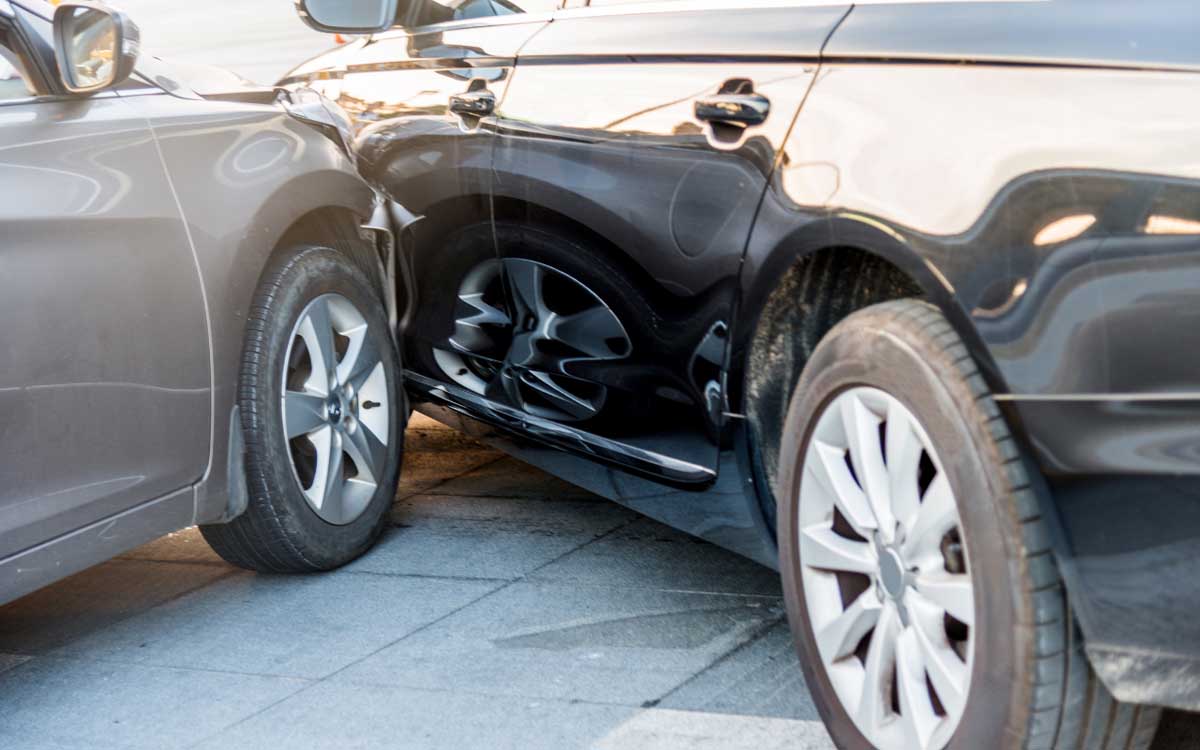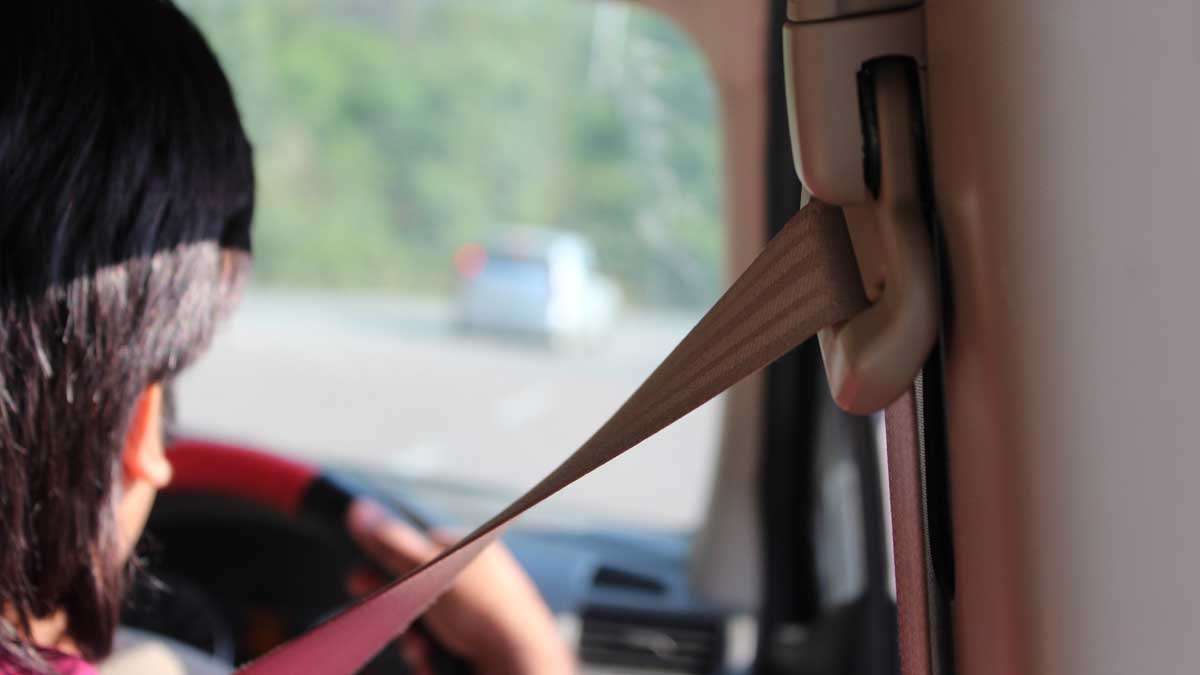Determining fault in a t-bone accident is not just a matter of legal formality; it has substantial implications in terms of compensation and the ability to continue living your life with minimal disruptions. If you have had the misfortune of being involved in a t-bone accident then this guide is for you.
This guide delves into the details of fault determination in T-bone accidents, providing clarity and guidance through the maze of legal and insurance considerations that follow such unfortunate events.
The Dynamics of T-Bone Car Accidents
A T-bone car accident, also known as a side-impact collision, occurs when the front of one vehicle collides with the side of another, forming a ‘T’ shape at the moment of impact. These collisions often happen at intersections, when drivers fail to yield or observe traffic signals.
Drivers must give way as dictated by traffic lights, signs, and established right-of-way conventions. However, when these rules are breached, determining which party failed to follow road rules is critical in determining fault.
The angle and location of impact, coupled with the right-of-way also help form the basis of liability assessment.

Examples of At-Fault Scenarios for the Striking Vehicle:
- Ignoring Traffic Signals: If the striking vehicle proceeds into an intersection against a red light or stop sign and hits the side of a car that had the right-of-way, the driver of the striking vehicle will typically be considered at fault for the collision.
- Failing to Yield: At a give-way sign or an uncontrolled intersection, drivers are required to yield to traffic that has the right-of-way. If a driver fails to yield and causes a T-bone accident, they would be liable.
- Speeding: If a driver is exceeding the speed limit and loses control or is unable to stop at an intersection, resulting in a side-impact collision, they would be at fault due to reckless driving behaviour.
- Distracted Driving: A driver who is not paying attention to the road because they are using a mobile phone or otherwise distracted and subsequently strikes the side of another car would be at fault.
Scenarios Where the Striking Vehicle Might Not Be At Fault:
- Sudden and Unexpected Obstructions: If a car is suddenly forced into the path of oncoming traffic due to an obstacle or another vehicle’s actions, and this results in a T-bone accident, the driver may not be at fault.
- Other Driver Fails to Observe Traffic Signals: If the driver of the car that is hit was the one who ran a red light or stop sign, the driver who collided with them would not be at fault.
- Mechanical Failure: If a vehicle experiences a sudden and unforeseeable mechanical failure (like brake failure) that leads to a T-bone accident, the driver may not be held liable if they took all reasonable steps to maintain the vehicle and prevent such incidents.
- Emergency Situations: A driver who T-bones another car while performing an evasive manoeuvre to avoid a more serious accident or in response to an emergency may not be at fault, provided they were acting reasonably under the circumstances.

The Role of Technology in Establishing Fault
Technological advancements have significantly improved the accuracy of fault determination in car accidents. The use of dash cams, which are becoming increasingly common in Australian vehicles, can provide undeniable evidence of the events leading up to a collision. Similarly, traffic cameras positioned at intersections can capture footage that may be critical in confirming which driver had the right-of-way or who committed a traffic violation.
T-Bone Accidents and Compensation
In the unfortunate event of a T-bone accident where you are not at fault, Right2Drive offers crucial support. A court decision has emphasised the rights of not at fault drivers, entitling them to hire an accident replacement vehicle at no cost to them.
Contributory Negligence in T-Bone Collisions
Australian law acknowledges the concept of contributory negligence, which recognises that more than one party can be at fault in an accident. In T-bone collisions, it’s not uncommon for both drivers to have contributed to the circumstances leading to the crash. For example, one driver may have been speeding, while the other may have failed to give way appropriately.
In such cases, each driver’s level of fault is assessed, and this can affect the compensation received. The principle of contributory negligence may reduce the claimable amount in accordance with the driver’s share of the blame. Understanding this principle is vital, as it underscores the importance of adhering to road rules and driving safely.
Conclusion
Determining fault in T-bone car accidents involves a complex interplay of legal considerations, evidence gathering, and technology. While the immediate aftermath of an accident can be overwhelming, understanding the process of fault determination can help ensure that your rights are preserved.




